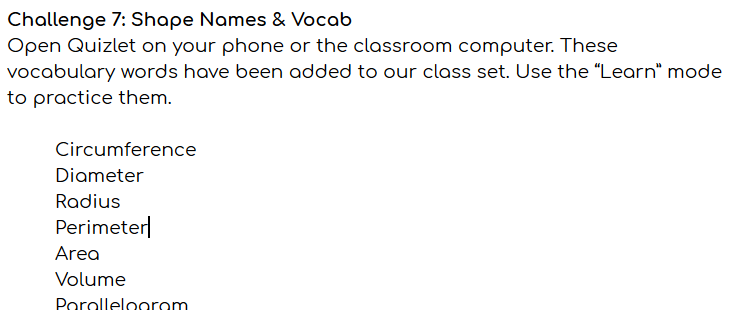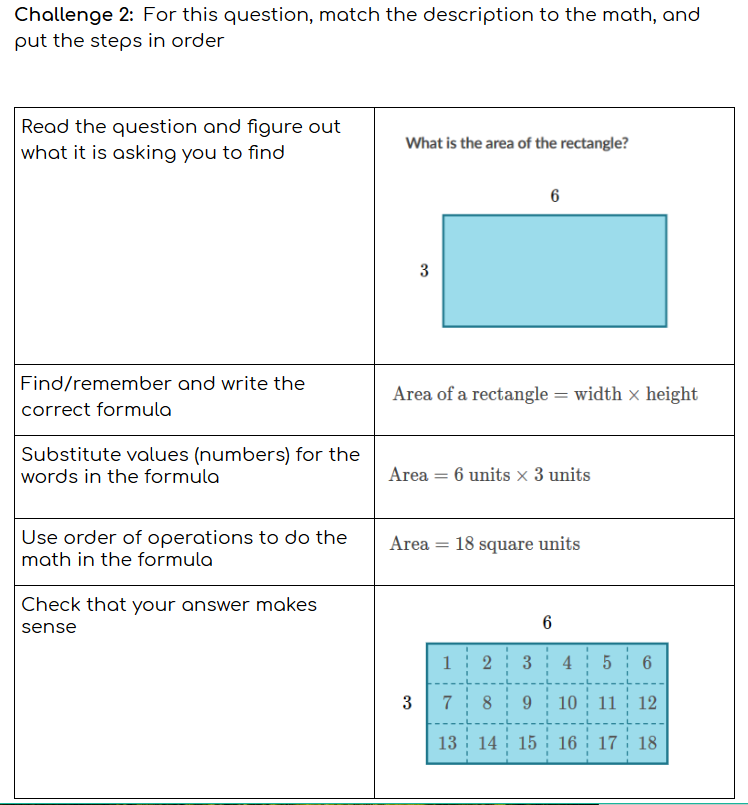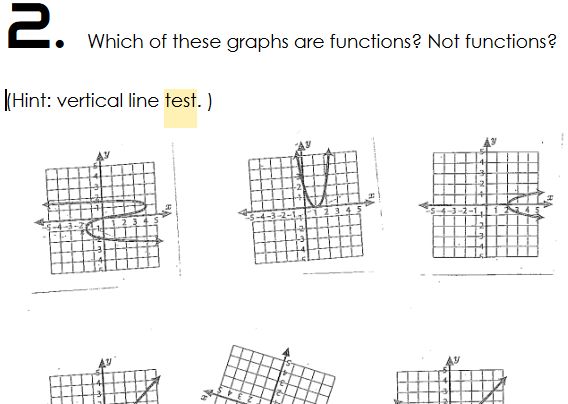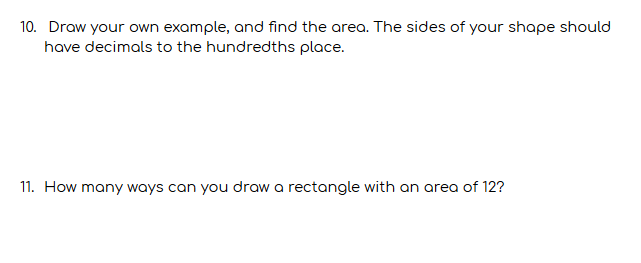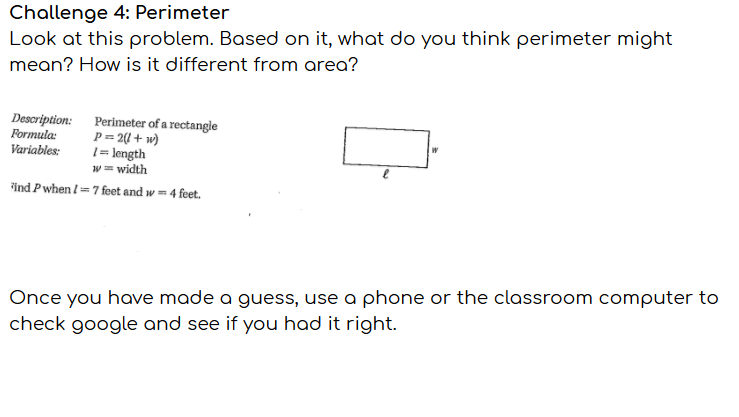April 2020 Update. Distance learning versions now available: Stuck Strategies: Data and Reflection and Stuck Strategies: Complete Bundle
I am starting a new class, with a new group of students soon. I’m excited. And nervous. And all the conflicting things that change makes me feel.
There are many things to figure out in any new teaching situation. But this is also when I am most-glad for old-favorite classics. My new class and I are starting with an old favorite lesson about productive struggle in math class.
I particularly like this one to start with a new group.
It’s powerful to start by saying “Yep, we all feel stuck sometimes. “
It’s even more powerful to start the year by saying “But ‘stuck’ isn’t the end of the story”

Originally published Feb. 2018, updated spring 2020
These hint cards floated across my teacher-media radar. And I was intrigued.
I see too many students hit a roadblock and stare at it helplessly, unsure of how to get around it, and that’s the end of that study session/class/learning until someone comes around to get them unstuck.
I liked the idea of a resource that they could access when they hit those roadblocks, that wasn’t just waiting for me.
I work hard to convince my students that it’s great to ask questions, so I wanted to be sure I didn’t discourage that, just to broaden the options to include resources and strategies that they have or can implement themselves.
(Because self-directed learning, but also, homework.)
((And ultimately, for my students, a high stakes test when I’m not around to help.))
Also, I didn’t want to make a different set of cards for each lesson.
(Because in the reality of my prep time, I couldn’t be sure they’d actually happen every week, and I needed something reliable if students were going to use it.)
So, the idea rattled around in my head for weeks until it was ready to come out.
What emerged: have a discussion about strategies, and combine it with a math lesson so students don’t revolt about losing math time. (Because, #reasonstoloveadultlearners, they would be upset to miss out of math time)
So, after the introductions and the homework policies and the other start of the term business, we brainstorm responses to the stem “When I feel stuck in math, I can ____”.
Some of my students were far better than others at this, and one class ran out of ideas after ‘keep trying’ and ‘ask for help’. This says much about the struggles of that particular group of students.
But it also says, come prepared, teacher, with some ideas of your own.
Once we had a list, we collected data about my students’ current habits. (I had my students come to the board and make tally marks, you could use a printable ballot, hands, four corners etc.)
Then we analyzed our results. One class made bar graphs, one wrote statements with ratios. Since that first time, I’ve done percents and a few other math skills.
And, now their strategies (and the bar graphs) are on the wall, right next to my white board. A reminder – I hope! – for the rest of the trimester.
A full version of my lesson is available on Teachers Pay Teachers
The lesson plan includes the plan (with standards and procedures), extension ideas, multiple data collection variations, and student handouts for fractions, ratios, percents, and bar graphs.
Free! I’ve also shared our answers as a printable handout that could be added to a binder/notebook

